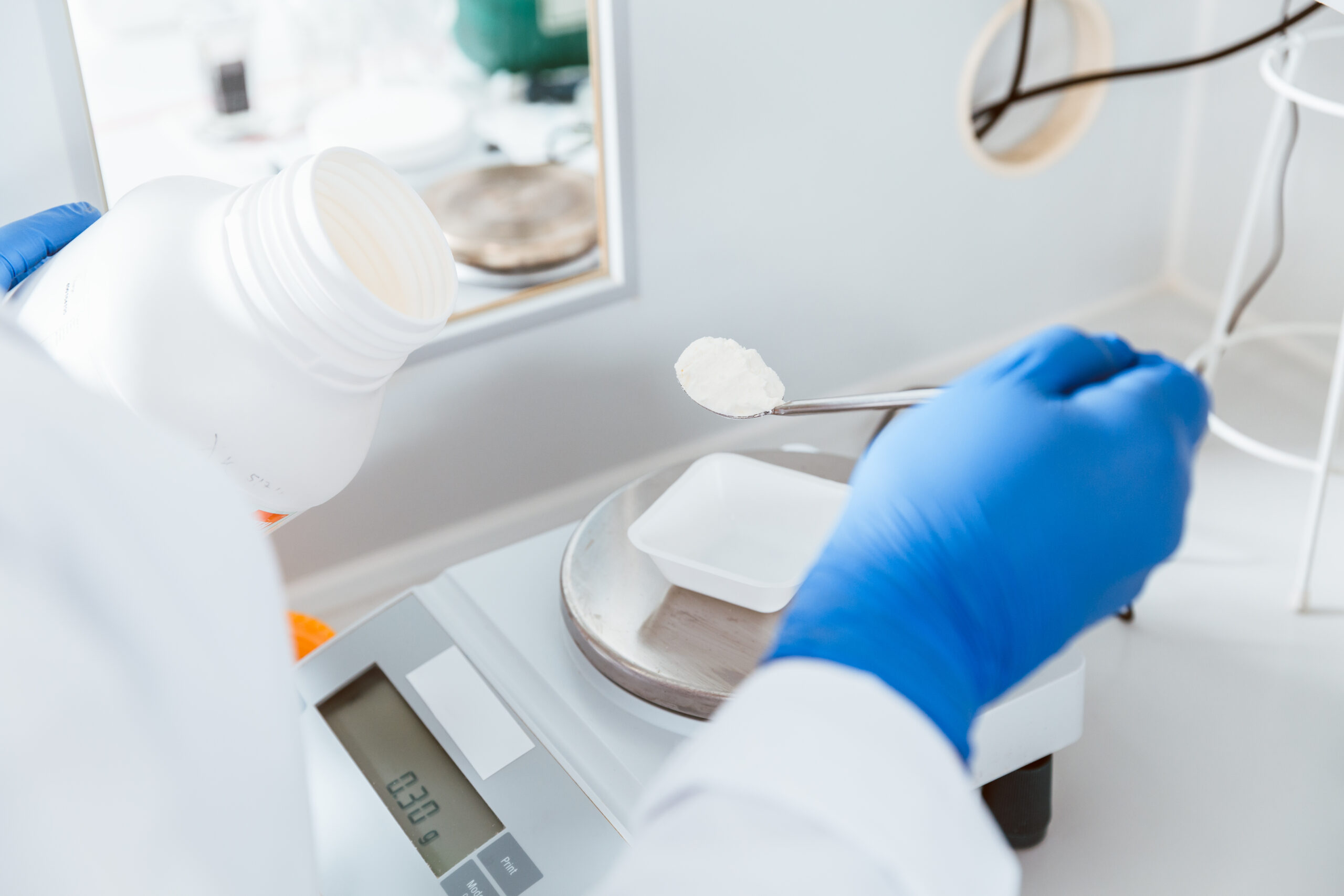High-risk processes in pharmacy practice bear a heightened risk of causing patient harm when used in error. Compounding, like compliance packaging and opioid agonist therapy, is a high-risk process that can result in harm or death.
Health Canada defines compounding as
“the combining or mixing together of two or more ingredients (of which at least one is a drug or pharmacologically active component) to create a final product in an appropriate form for dosing. It can involve raw materials or the alteration of the form and strength of commercially available products.”
All pharmacies must have the ability to compound, but the scope of compounding services varies from pharmacy to pharmacy. The level of risk and complexity of compounding services also varies.
As a complex and variable practice, compounding introduces ample risk for patient harm. Pharmacy professionals and teams should understand the risks of compounding. Making risks visible through discussion and training encourages safety culture and a preoccupation with safety.
Incident Example from the National Incident Data Repository for Community Pharmacies (NIDR)
Medication incidents that happen during compounding processes can happen to anyone. Compounding incidents reported by Manitoba community pharmacies often involved
- Calculation errors
- Overlooking patient requests
- Neglecting to perform independent double checks
- Lack of standardized procedures
The following incident example from the NIDR shows how easily an incident can occur:
A pharmacy compounded a topical hormone product for the patient at 10 times the intended concentration. The patient experienced some side effects, and the hormone levels needed to be reassessed by the physician.
6 Key Safety Recommendations for Compounding
All Manitoba pharmacies that perform compounding must follow the Council approved NAPRA Model Standards for Non-hazardous and Hazardous Sterile and Non-sterile Pharmacy Preparations. Your pharmacy’s policy and procedures, training, and practices should include, but are not limited to, the following safety recommendations:
- Ensure easy access to the following information during compounding preparation:
- The prescription, including patient requests. Draw attention to patient requests by highlighting them
- The master formulation record
- Any other resources relevant to compounding
- Perform an independent calculation to confirm the prescribed dose and quantity of the active pharmaceutical ingredient (API). If you are working alone, a colleague at a different pharmacy or another expert can support the double check process
- Require documentation of an independent double check for each critical verification step in the compounding process including
- Calculations
- Identity of each API and excipient before mixing
- Lot number and expiry date of each API and excipient
- Weight and/or measurement of each API and excipient. Weight can be captured for the final check with video, photograph, or printout from the weigh scale
- A final check of the finished product
- Implement safer drug storage that optimizes label readability
- Design your workspace to reduce distraction and interruptions
- Promote a safety culture in your pharmacy to ensure staff can feel safe bringing forward concerns and improvement suggestions for compounding practices
As a complex process that involves multiple steps, compounding is fraught with risk. Clear policy and procedures must be compliant with the NAPRA Model Standards, but they should also strive for best practice and continuous quality improvement. Understand the risks of compounding and build robust processes that reduce the risk of compounding incidents.
Additional information on compounding requirements is available at the following links:



